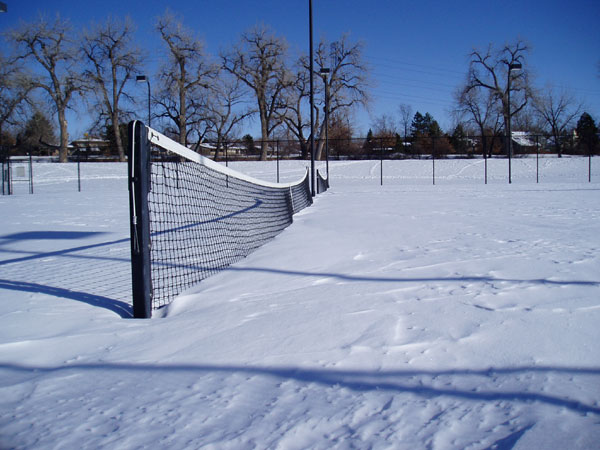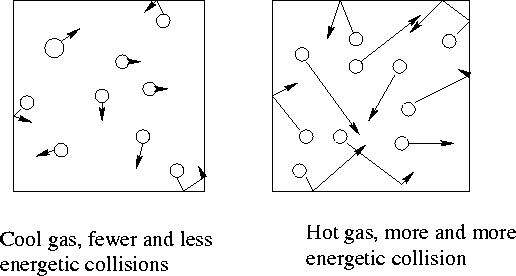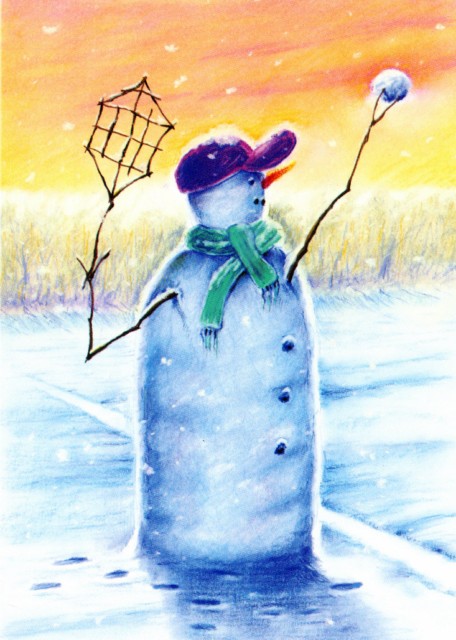Lately, I’ve been writing about indoor tennis courts a lot. This is mostly because I am not a fan of the cold. Anyone who works at MyTennisLessons knows that I frequently wrap a blanket around myself while writing these blog posts because the temperature in our office is much too low. However, sometimes tennis fanatics have to brave winter weather and play outside, so I thought I would inform you on what you’re getting yourself into. Sure, I can talk about how to dress for the cold or about warming up properly before play, but I think you already know that. What you might not know is that when playing tennis competitively in the cold, you actually need to change your technique and strategy to be successful. Here’s the how and why.

Understand the science
Science is cool, so let’s talk about the physics behind why you need to adjust your tennis game in cold weather for a hot sec. A tennis ball’s bounce depends on the air pressure inside the ball. When it’s chilly outside, the gas molecules inside the ball contract and lose their energy, so the ball has less bounce. Mind blowing. Here’s a diagram of what those little molecules are doing so you can visualize the effect.

Shots that work
Because the ball is going to bounce lower in cold weather, that means low shots are going to have an even greater effect. Slice serves, chips and drop shots are going to be super difficult for your opponent to reach.
Shots that don’t work
Topspin strokes and kick serves are going to be much harder to execute effectively when the temperature goes down. Of course, you’ll still want to hit topspin, but you need to be sure to drop your racket head lower than you normally would as well as get your body lower in order to get under the ball. In addition, while your kick serve normally bounces above your opponent’s strike zone in warmer weather, when it’s cold out that bounce is going to land right where he or she can hit a sound return. A flat or slice serve will do you more justice.

Strategies that work
Attack the net. No need to fear a topspin passing shot because those will be tougher for your opponent to execute in colder playing conditions. If you hit a low ball and then approach, your opponent will likely be forced to hit a shot that pops up, giving you a high volley that you can easily put away.
Strategies that don’t work
You might struggle with finding a rhythm on the baseline because when you hit the ball at your normal pace, your shots aren’t going to fall as deep in the court as you expect. In order to make sure you don’t repeatedly hit shots in the short court that give your opponent a free winner, focus on aiming deeper and hitting out on the ball more.
Bonus tip
Cold weather also makes your racket strings rigid, so counteract the effect by using softer material strung at a lower tension that you normally prefer. Ask your racket stringer for multifilament or soft synthetic gut strings.